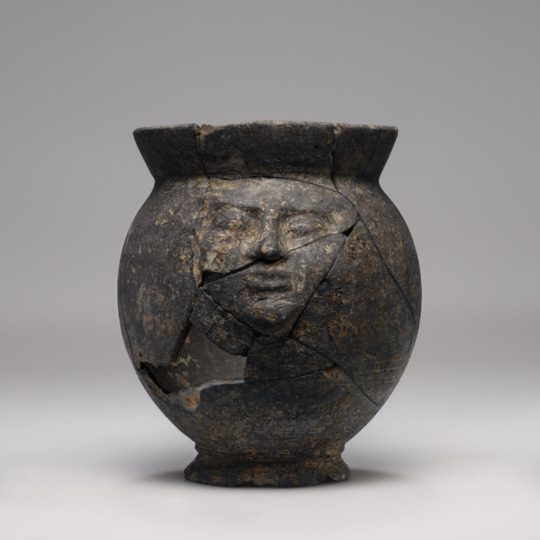#550 b.c
Text

~ Clay bulla with impression of a stamp seal depicting the Persian king spearing a Greek hoplite.
Place of origin: Near Eastern, Iranian
Culture: Persian
Period: Achaemenid
Date: 550–331 B.C.
Medium: Clay
#ancient#ancient art#stamp seal#persian#persian king#king#greek hoplite#bulla#clay bulla#achaemenid#iran#iranian#near eastern#persia#550 b.c#331 b.c.#history#archeology#museum#war#battle
259 notes
·
View notes
Text
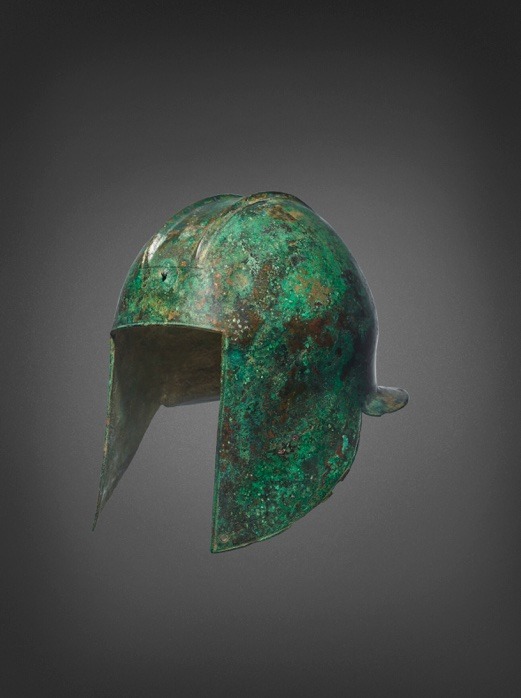

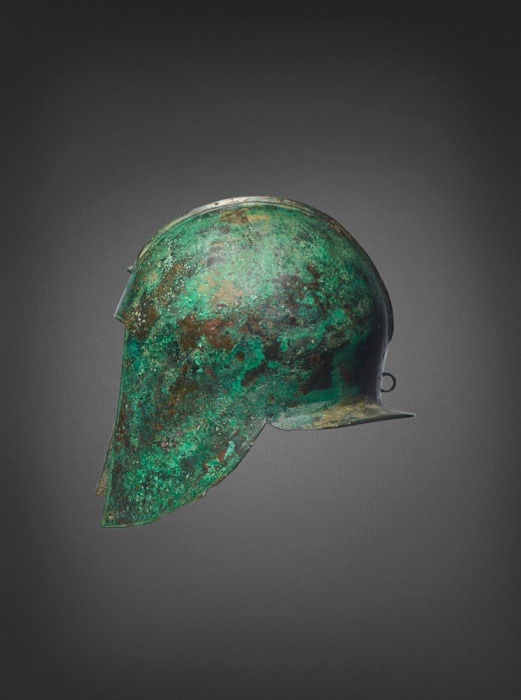


A GREEK BRONZE ILLYRIAN HELMET
ARCHAIC PERIOD, CIRCA 550-480 B.C.
#A GREEK BRONZE ILLYRIAN HELMET#ARCHAIC PERIOD#CIRCA 550-480 B.C.#bronze#bronze helmet#military equipment#ancient artifacts#archeology#archeolgst#history#history news#ancient history#ancient culture#ancient civilizations#ancient greece#greek history
30 notes
·
View notes
Text
Hoard of Bronze Age jewelry discovered in Poland was part of ancient water burial ritual, study finds

Archaeologists in Poland have discovered a collection of more than 550 pieces of Bronze Age jewelry that were once part of an ancient burial ritual.
Known as Papowo Biskupie, the dried-out lake bed site was occupied from roughly 1200 to 450 B.C. by the Chełmno group, a community from the larger Lusatian culture that lived in northern Europe during the Late Bronze Age and Early Iron Age, according to a study published Wednesday (Jan. 24) in the journal Antiquity.
The Lusatians are best known for their ritual depositions of metal hoards in bodies of water. However, the Chełmno group was not known for engaging in this practice.
But the new jewelry finding, made by metal detectorists in 2023, upends that perception. Read more.
327 notes
·
View notes
Text




The Mold cape, which seems to have belonged to a principal figure or priest, is dated around 1900-1600 B.C. in the so-called Bronze Age. It is unique due to its invoice, delicacy and design, it must have been a ceremonial ornament.
It was found in 1833 inside a burial whose body wore the cape, on Mount Bryn yr Ellyllon, in the town of Mold, hence its name, in the county of Flintshire, North Wales. Persian 550 g, it is made of gold with bronze and leather strips.
Today you can see it in the British Museum, London.
113 notes
·
View notes
Note
in the bronze age were there more dresses that women wore? i know the well-known minoan dress, but was there another? asking bc I was reflecting on how achilles would be able to hide as a woman if we consider the dress to be historically accurate from the bronze age, as it shows too much of the neck and chest for it to be practical to a man pretend to be a woman. the representations of him hiding are always wearing peplos, which really makes it easier since it covers the region and is even looser, but did peplos already exist in the bronze age?
i was unsure if:
a) there was another model of dress that made the disguise easier
b) creative freedom of the myth in considering that no one noticed that achilles had no breasts and he had an adam's apple
c) this myth emerged/became popular at a time when the models were already different, so although the story theoretically takes place in the bronze age, the popular imagination was with dress models that were not from that time. i.e a kind of natural anachronism, which is not an impossibility since the Iliad itself does this here and there
That's a good question and you don't know how many weeks I have pondered the answer to this 😂😂😂 Since the art we have from the 8th century BCE is mostly stick figures, I tried to find the next oldest and closest to the war depictions of men and women. (6th century BCE)
But first, a 8th century b.C. Boeotian amphora, from Thebes, which probably depicts a nature goddess. Artwork-location: Athens, National Archaeological Museum. (I have to celebrate my accomplishment of finding a full figure!!)

Ok, now some 6th BCE century ones:
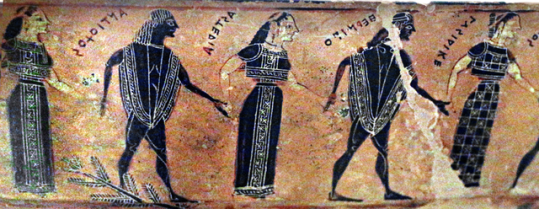
Attic Black-Figure Volute-Krater, known as the François vase, ca. 570-565 BCE signed by the potter Ergotimos and the painter Kleitias depicting young men and women holding hands and dancing in a line.

Attic Black-Figure Hydria, ca. 510-500 BCE depicting women filling jugs at the public water fountain.

Attic Black-Figure Neck Amphora by Swing Painter c. 540-530 BCE depicting the legendary “Judgement of Paris.”
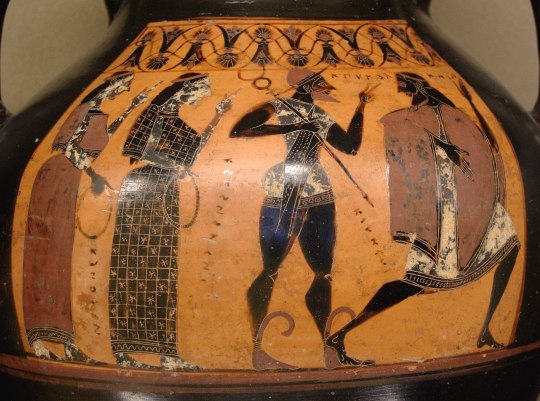
Judgement of Paris, from the Louvre, 560-550 BCE
Also based on the 8th century BCE stick figures, looks like generally dressing for men and women was different at the time. There are some choices for wider clothing, but there's also the matter of the Adam's apple.
I got a possible answer, from another amphora depicting Achilles:

Thetis brings grieving Achilles his new weapons. Side A of an Attic red-figure volute-krater, ca. 460 BC.
There's always the option of a wide cloak which covers your Adam's apple, too! While this amphora is latter, and the cloak is for mourning, there's the option of the complete cover. I haven't found it so far in 8th c. BCE depictions but... why not. Our ancients did nothing else but drape fabrics.
If the part with Achilles disguising as a woman is latter, the anachromism would be the Greek women veiling in later eras makes it easier for him to cloak himself completely.
If somoene knows more, please add it to reblogs :)
#I knwo this took forever but I just coulndt think#this was a good ask anon xD#με παιδεψε κανονικα!#answered
15 notes
·
View notes
Text


Ancient Poirot Drinking cup -- ok no but please i can't be the only one to see this.
(High-handled drinking cup (kantharos) with the molded face of a man on each side; Greek, East Greek, Archaic Period, 550–530 B.C.)
#not bird related. just felt it deserved to be shared#poirot#ancient greece#ceramics#<- set of tags i did not expect to use together at any point#hercule poirot
53 notes
·
View notes
Text

Face Mug. Etruscan, 575–550 B.C
browndresswithwhitedots. via semtituloh
29 notes
·
View notes
Text
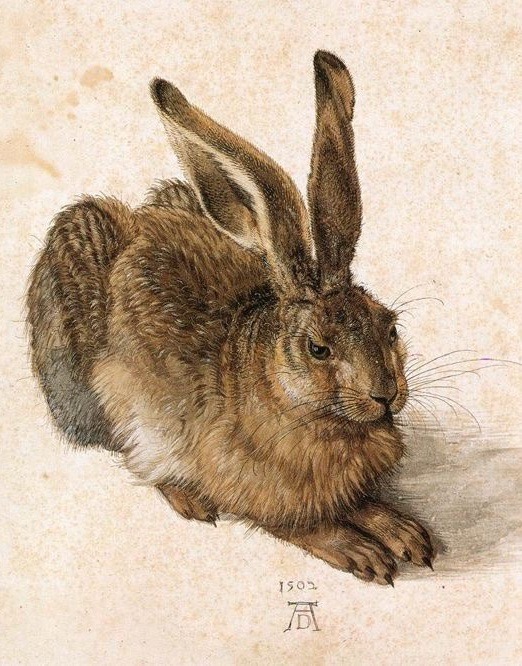
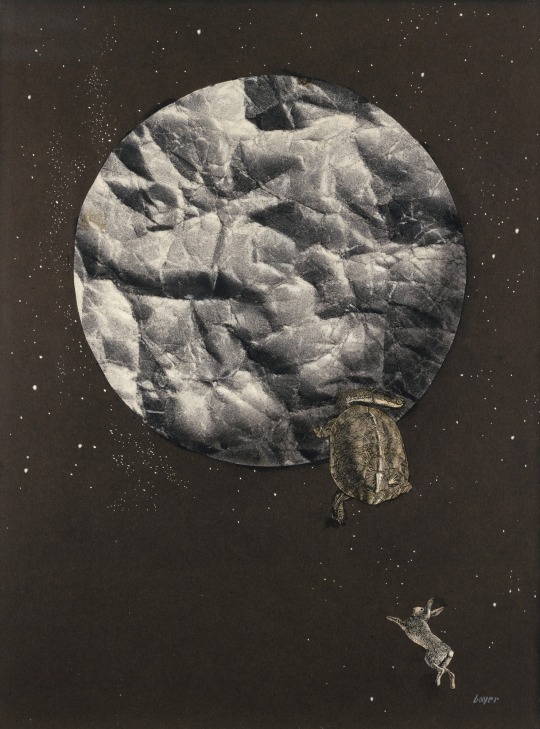
Albrecht Dürer, A Young Hare, 1502
Herbert Bayer, "In the meantime while the tortoise came jogging on with a slow but continued pace, and the hare out of too great a security and confidence of victory overslept herself, the tortoise arrived at the end of the race first." --Aesop, 550 B.C., ca. 1962
#albrecht dürer#hare#tortoise and the hare#Aesop#fable#german artist#german painter#german art#herbert bayer#austrian artist#austrian painter#american art#animals in art#rabbits#modern art#art history#aesthetictumblr#tumblraesthetic#tumblrpic#tumblrpictures#tumblr art#aesthetic#beauty#tumblrstyle
5 notes
·
View notes
Text

Μarble sphinx
This marble sphinx was placed on a stele erected on the tomb of an eminent Corinthian or Athenian in the Northern Cemetery of Corinth. Sphinxes were daemonic beasts with the head of a woman, the wings of a bird, the body of a lion, and the tail of a snake; they embodied supernatural powers that would scare people of the Archaic period. For that reason, they were used as apotropaic and chthonic figures, connected to the powers of the Underworld. They were often placed on tombs in order to discourage would-be grave robbers. The apotropaic character of the specific monument has been further highlighted by the typical turning of the head towards the onlooker.
Archaeological Museum of Ancient Corinth, c. 550 B.C
169 notes
·
View notes
Text

~ Literary Papyri: Cyril of Alexandria, On Adoration and Worship in Spirit and in Truth.
Date: A.D. 550-614
Period: Byzantine
Place of origin: El-Deir (Fayoum, Egypt) (?)
#history#museum#archeology#archaeology#papyri#byzantium#byzantine#Cyril of Alexandria#Egyptian#Egypt#a.d. 550 b.c.#a.d. 614
549 notes
·
View notes
Photo

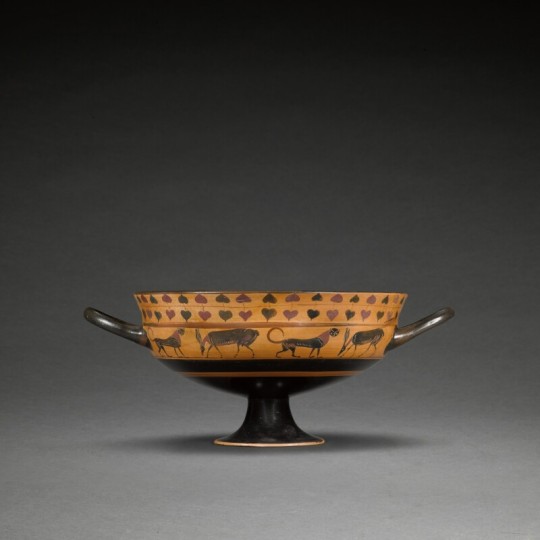
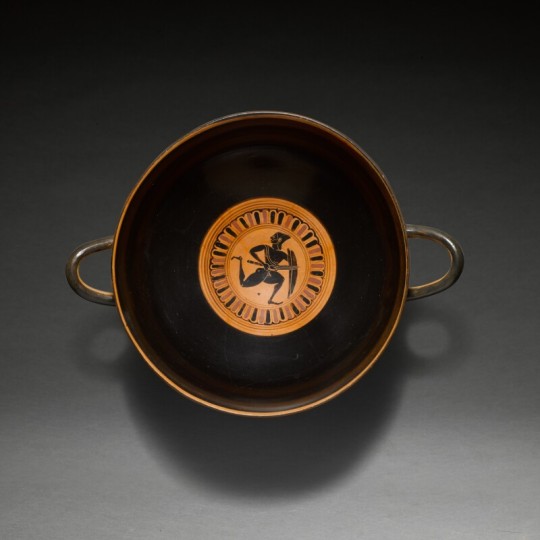
An Attic Black-figured Siana Cup
Attributed to the Taras Painter, the tondo perhaps by the Malibu painter, circa 560-550 B.C.
Each sided painted with two striding panthers alternating with two grazing deer, a vine of ivy leaves encircling the rim, the tondo decorated with a warrior running vigorously to right, wearing a Phrygian helmet, and holding a sword and shield, a scabbard at his side and baldric across his chest, the details in added red, a black-painted prong and encircling band underneath the foot.
Diameter 25.1 cm.
#@An Attic Black-figured Siana Cup 560-550 B.C.#pottery#Ancient Greek pottery#ancient artifacts#archeology#archeolgst#history#history news#ancient history#ancient culture#ancient civilizations#ancient greece#greek history#greek art
80 notes
·
View notes
Text

This gold Persian dagger belongs to the Achaemenid Era, c. 550-330 BC. On both sides, representations of a lion and a ram can be seen, symbolizing the Persian empire. The Achaemenid Persian empire stood as the largest in the ancient world, spanning from Anatolia and Egypt across western Asia to northern India and Central Asia. Its origins trace back to 550 B.C., when King Astyages of Media, who held dominion over much of Iran and eastern Anatolia (Turkey), was defeated by his southern neighbor Cyrus II ("the Great"), the king of Persia (r. 559-530 B.C.)
12 notes
·
View notes
Text
just found the most incredible picture on a museum website of this babylonian toy:

their caption: "Live hedgehog looking at his toy cousin used as a rattle by a Babylonian child about 550 B.C. Excavated at Kish." Someone from the original archeology team that excavated this item in 1924 took this picture
You're welcome!
10 notes
·
View notes
Text

Lydos (Pre-Classical Archaic period); Column-krater (Black-figure pottery)
550 B.C., terracotta
4 notes
·
View notes
Photo
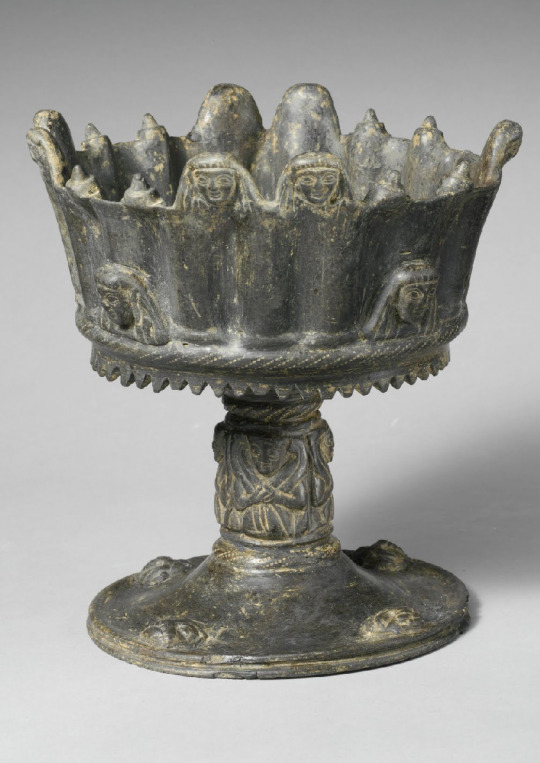
Terracotta chalice
Etruscan, ca. 550 B.C.
Metropolitan Museum of Art
46 notes
·
View notes
